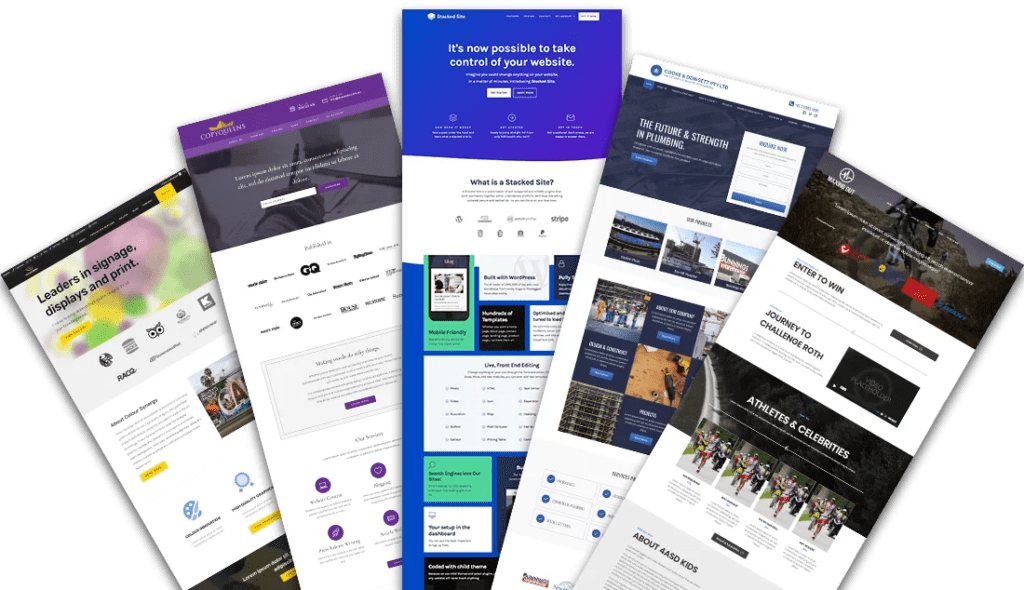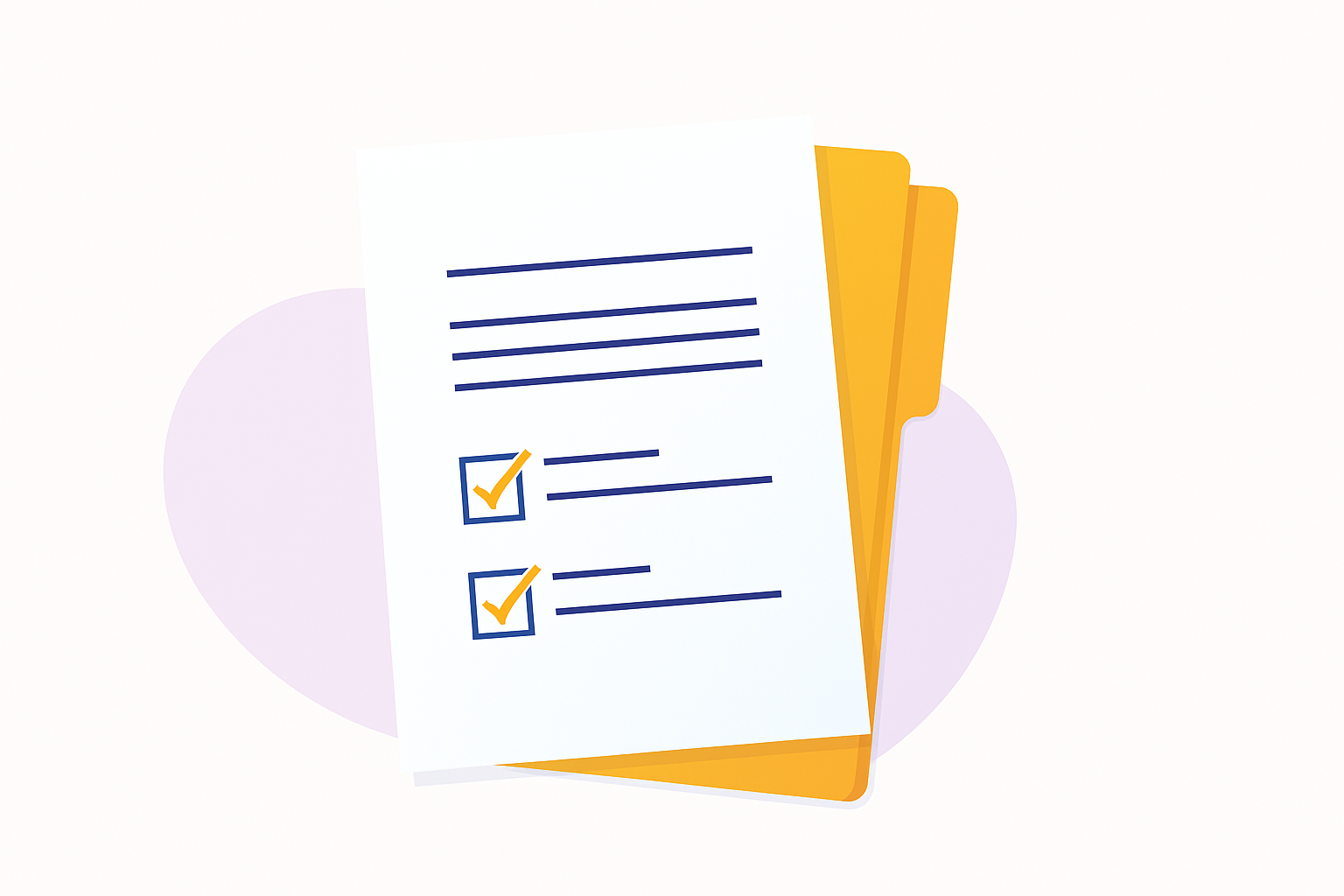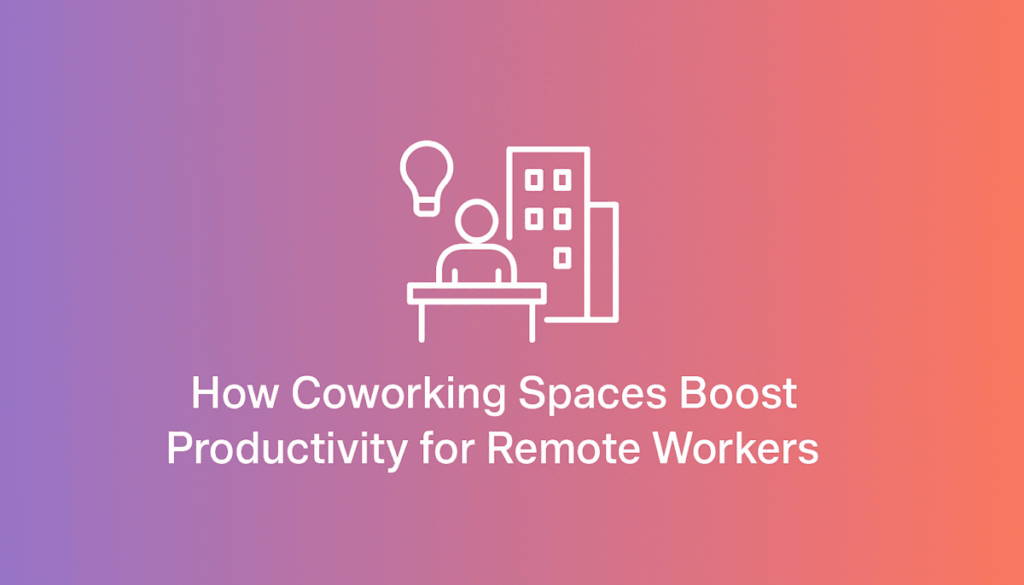
Web design incorporating motion and interaction has been gaining popularity in the past year. Numerous websites have begun incorporating different kinds of videos, animations, and 3D objects to enhance the user experience. With the advancement of web browsing technology, browsers’ performance has improved significantly. This has enabled designers to keep up with web animation and interactive design developments without affecting their website loading speed.
Interactive web design and animation are invaluable in elevating user engagement for digital products. As businesses aim to craft immersive online experiences, incorporating dynamic elements has become essential. If your company needs guidance in crafting engaging digital platforms, working with an established website design company Hong Kong could offer invaluable insight and innovative solutions.
Let’s examine various animated and interactive elements designers can use to improve the visual appeal of their sites.
Contents
Hover States
These are the most well-known CSS animations used across the web nowadays. These effects alter the appearance of an element whenever you drag your cursor over an object, even though you don’t click or drag over something. This effect can be used for various reasons.
For instance, online retailers typically use hover effects that show what an item looks like in different colors or angles. Sometimes, it’s a way to help shoppers understand the actions that will take them across the aisle from one point to another. Using hover states to entertain your customers and keep them entertained is also possible.
Parallax Scrolling Effect
The parallax effect, also known as scrolling parallax, is an interactive design technique that UX designers often employ to provide a superior user experience. This effect causes backgrounds and material to move at a different rate than your primary images. Your material moves at a different rate as users scroll.
When paired with a full-screen interactivity effect, the parallax movement gives the impression of depth and space. These effects make a site more memorable and benefit from drawing visitors’ attention to specific sections and material that you wish them to focus more on.
Screens for the Loader
Users have become accustomed to faster loading times. However, there are times when delays must be expected, such as when there is a large amount of web traffic or an enormous amount of data that must be processed.
In such cases, interactive web design can benefit users by engaging them as the site is loading. Animations that load can boost the user experience and keep more visitors on your page. People stay on the page and are generally more patient when loading the material.
Backgrounds that are animated and video
Interactive web design benefits in a variety of ways, including dynamic design. With animated features, visitors get a more immersive experience than static backgrounds. In addition, it helps attract your audience’s attention, like how they’re attracted to watching a film or playing video games.
Furthermore, dynamic backgrounds benefit from instantly conveying the essence of your business and communicating its primary message. To add an interactive background for your site or interface for products, you can include animations or videos to give motion to your background.
Animation 3D Elements
The use of 3D real-life elements in web design is an increasing trend that has appeared for a while. WebGL is a new technology that will permit website owners to incorporate 3D objects into their web interface and efficaciously incorporate them into animations. The outcome of these websites can be stunning.
Image Galleries
Interactive photo galleries are a great way to show various images simultaneously. Images will be updated instantly or whenever users click the button. Animation makes the user experience of looking at these photos more enjoyable.
Another advantage of interactive image galleries is that they enable users to reduce space and prevent the site from “cluttering” with photos. If you need to check if you could incorporate this type of animation in your site, it is possible to do a design audit first through user research.
Kinetic Typography
Designers can now experiment with different fonts, text dimensions, directions, and proportions. They can even make their letters dance. Typography that moves allows designers to use their imagination to experiment and experiment with various styles. Any interactive web design will benefit from kinetic typography. It’s no wonder it’s become among the top and most vibrant UX/UI design trends of the last two or three years.
Shahzad Ahmad Mirza is a web developer, entrepreneur, and trainer based in Lahore, Pakistan. He started his career in 2000 and founded his web development agency, Designs Valley, in 2012. Mirza also runs a YouTube channel, “Learn With Shahzad Ahmad Mirza,” where he shares his web programming and internet marketing expertise. He has trained over 50,000 students, many of whom have become successful digital marketers, programmers, and freelancers. He also created the GBOB (Guest Blog Posting Business) course, which teaches individuals how to make money online.



